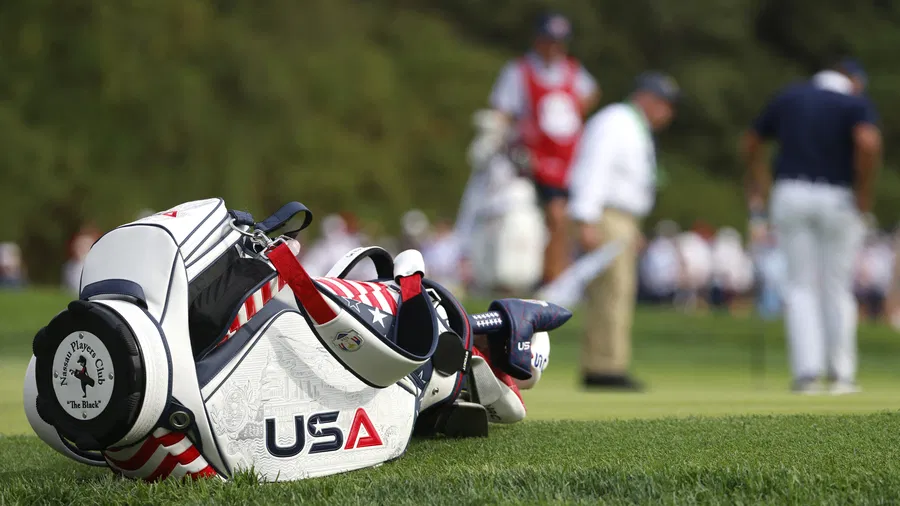
Golf prides itself on tradition and integrity — but not every rule sits well with players or fans. Over the years, several regulations have caused heated debates, on and off the course. Some feel outdated, others unfair, and a few have even changed careers.
Here are 10 of the most controversial rules in golf and why they continue to divide opinion.
1. The Stroke-and-Distance Penalty for Lost Balls
Few rules frustrate golfers more than this one. If your ball is lost or out of bounds, you must return to where you last played and hit again with a one-stroke penalty.
Critics argue it slows down play and feels too harsh for something often caused by bad luck, not poor skill.
2. The Knee-Height Drop Rule
Introduced in 2019, this rule requires players to drop from knee height instead of shoulder height. While designed for consistency, it initially caused confusion — and plenty of jokes. Many pros found it awkward and unnecessary, calling it “the most cosmetic rule change in golf.”
3. Playing a Moving Ball (Penalty Strokes)
Hitting a moving ball usually earns you a two-stroke penalty. But when Dustin Johnson’s ball rolled slightly on the green at the 2016 U.S. Open — without him touching it — officials still tried to penalize him. The backlash was huge, leading to a later rules revision.
4. Relief from Divots
Under current rules, if your ball lands in a divot in the fairway, you must play it as it lies — no relief. Many golfers argue it’s unfair to be punished for hitting the fairway, but tradition has kept this rule unchanged for decades.
5. Unplayable Lies and Penalty Relief
Declaring a ball “unplayable” gives players options, but always with a one-stroke penalty. The controversy comes when “unplayable” lies happen in strange situations — like behind a TV tower or near grandstands — where tour pros often get free relief while amateurs don’t.
6. Caddie Alignment Rule
In 2019, the R&A and USGA banned caddies from standing directly behind players while they take their stance. The intent was to protect the integrity of alignment — but critics said it unfairly penalized women’s tours, where the issue had rarely come up.
7. Playing Out of Turn (Ready Golf)
“Ready golf” was introduced to speed up play, encouraging players to hit when ready instead of strictly by order. While most casual golfers love it, purists argue it disrupts golf’s traditional flow and etiquette.
8. The Maximum Club Length Rule
The rule limits club length to 46 inches, reducing distance potential for big hitters like Bryson DeChambeau. The decision was made to maintain course difficulty and tradition, but critics claim it punishes innovation and athleticism.
9. Embedded Ball in the Rough
Players can take free relief for an embedded ball in most areas — except sand or penalty zones. But when the “general area” includes thick rough, rulings can become messy and inconsistent. Patrick Reed’s 2021 embedded ball controversy made this rule one of golf’s most debated.
10. The Backstopping Debate
Backstopping occurs when one player leaves their ball near the hole, potentially helping another’s shot stop closer. Technically, it’s not against the rules — but it blurs the line between cooperation and competition. Many pros see it as poor etiquette, even if it’s within the rules.
Final Thoughts
Golf’s rules are meant to ensure fairness, but as the game evolves, so do the debates. From knee-height drops to lost-ball penalties, these controversial regulations prove one thing — tradition and progress don’t always align.
As long as golf exists, players and fans will keep asking the same question: Is it time to modernize the rulebook?
Leave a Reply